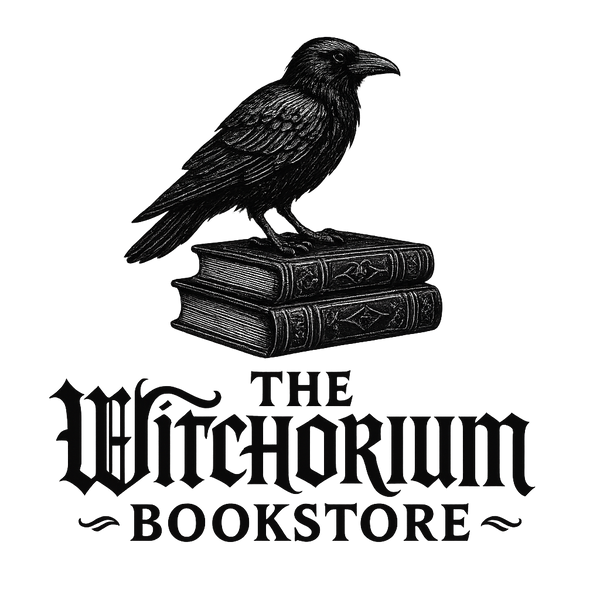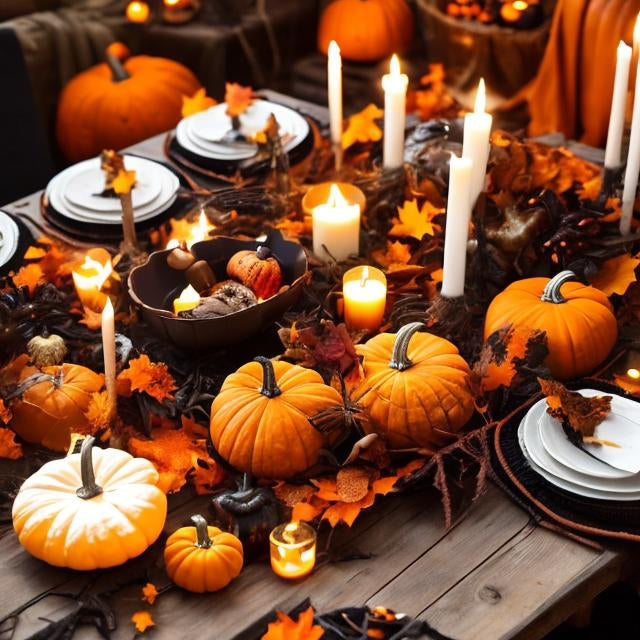Samhain, the final holiday in the Wheel of the Year, holds a unique and powerful spiritual significance in the world of witchcraft and pagan traditions. As the veil between the living and the dead thins, it offers a profound opportunity to honor our ancestors and connect with the spiritual realm. In this blog post, we will delve into the spiritual aspects of Samhain, exploring the symbolism of the thinning veil, discussing meaningful ways to honor your ancestors during this sacred time, and uncovering how other cultures celebrate Samhain-like festivals around the world.
Samhain: The Witch's New Year: Samhain, pronounced "sow-in," typically falls on October 31st or November 1st, marking the transition from the bountiful days of autumn to the cold embrace of winter. It is often regarded as the witch's New Year, a time of reflection, gratitude, and renewal. As the final holiday in the Wheel of the Year, Samhain symbolizes the completion of one cycle and the beginning of another.
The Thinning Veil: Central to the spiritual significance of Samhain is the concept of the "thinning veil." This metaphorical veil represents the boundary that separates the physical world from the realm of spirits and ancestors. During Samhain, this boundary becomes porous, allowing for increased interaction between the living and the dead. It is believed that the spirits of loved ones, ancestors, and otherworldly entities are more accessible during this time.
Ways to Honor Ancestors during Samhain:
-
Ancestral Altar: Create an ancestral altar adorned with photographs, mementos, and offerings such as food, drink, or incense. This sacred space serves as a focal point for connecting with your ancestors.
-
Spiritual Communion: Set aside quiet time for meditation or divination to communicate with your ancestors. Tarot cards, scrying, or pendulum work can be powerful tools for receiving guidance and messages.
-
Ancestral Feasts: Prepare a special meal featuring dishes and recipes that were cherished by your ancestors. Share the meal with loved ones, both living and deceased, as a way of honoring their memory.
-
Offerings and Libations: Leave offerings at a crossroads, in a natural setting, or at a grave site to show your respect and gratitude to the spirits. Offerings can include flowers, candles, or small tokens of remembrance.
-
Storytelling and Remembrance: Gather with family and friends to share stories and memories of departed loved ones. Keeping their stories alive ensures their presence is felt during this sacred time.
Samhain Celebrations in Other Cultures: While Samhain is a significant festival in Celtic and neopagan traditions, similar celebrations are observed in various cultures around the world:
-
Dia de los Muertos (Day of the Dead), Mexico: In Mexico, families honor deceased loved ones from October 31st to November 2nd with colorful altars, marigold flowers, sugar skulls, and offerings of food and drinks.
-
Chuseok, South Korea: Chuseok is a Korean harvest festival that includes ancestral rituals, the preparation of special foods, and the honoring of deceased ancestors at family gravesites.
-
Gai Jatra, Nepal: In Nepal, Gai Jatra is a festival where families who have lost loved ones during the year lead a procession with a cow to help guide their departed family members to the afterlife.
Samhain is a profound and spiritually rich holiday that invites us to honor our ancestors and embrace the magic of the thinning veil. As the final holiday in the Wheel of the Year, it serves as a reminder of the cyclical nature of life, death, and rebirth. By connecting with our ancestors and acknowledging the significance of the thin veil, we can deepen our spiritual practice and find solace in the bonds that transcend the physical realm. This Samhain, may you find peace, guidance, and a sense of wonder in the ancient traditions of honoring the ancestors, and may you also appreciate the global diversity of similar celebrations that honor the cycle of life and death.

